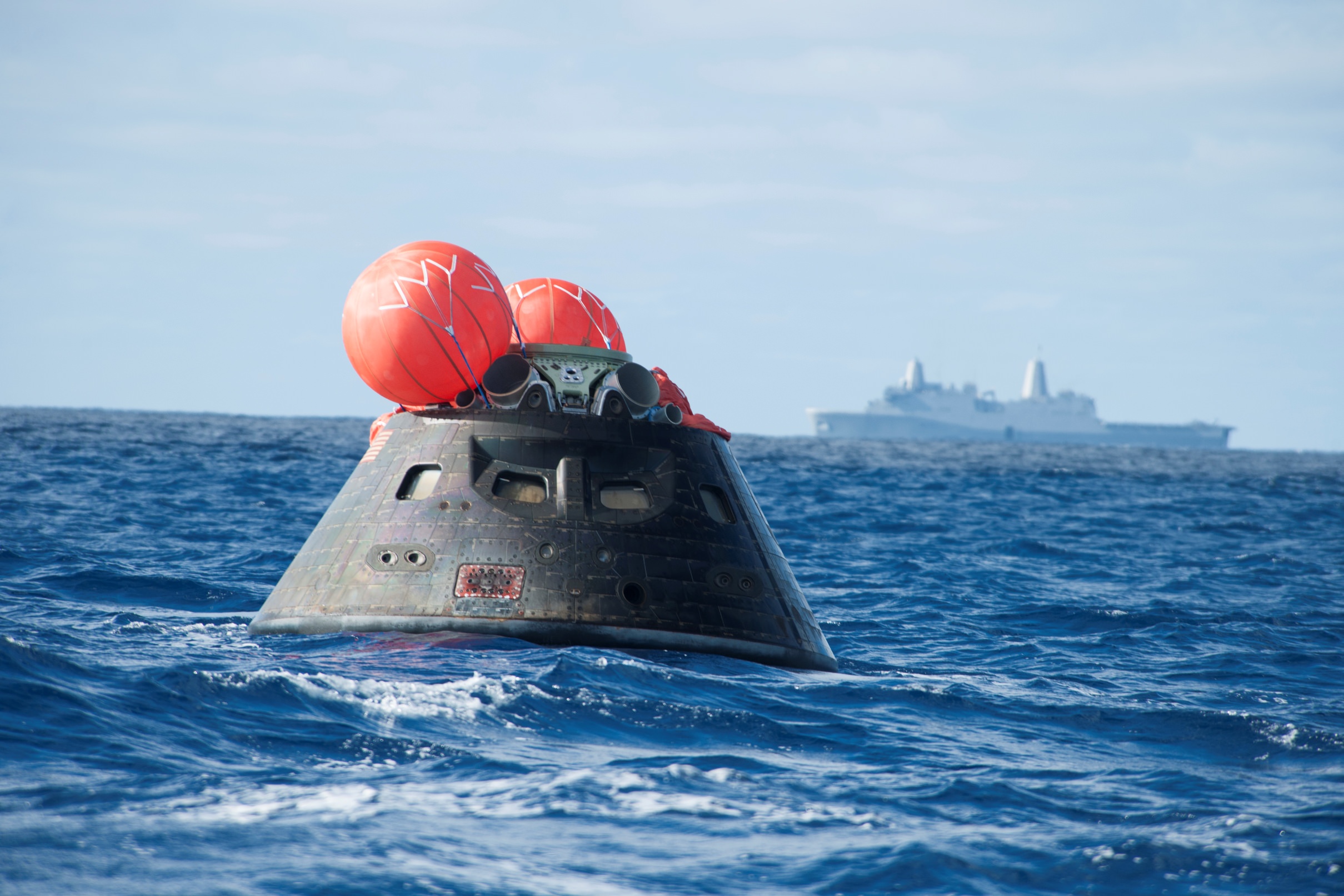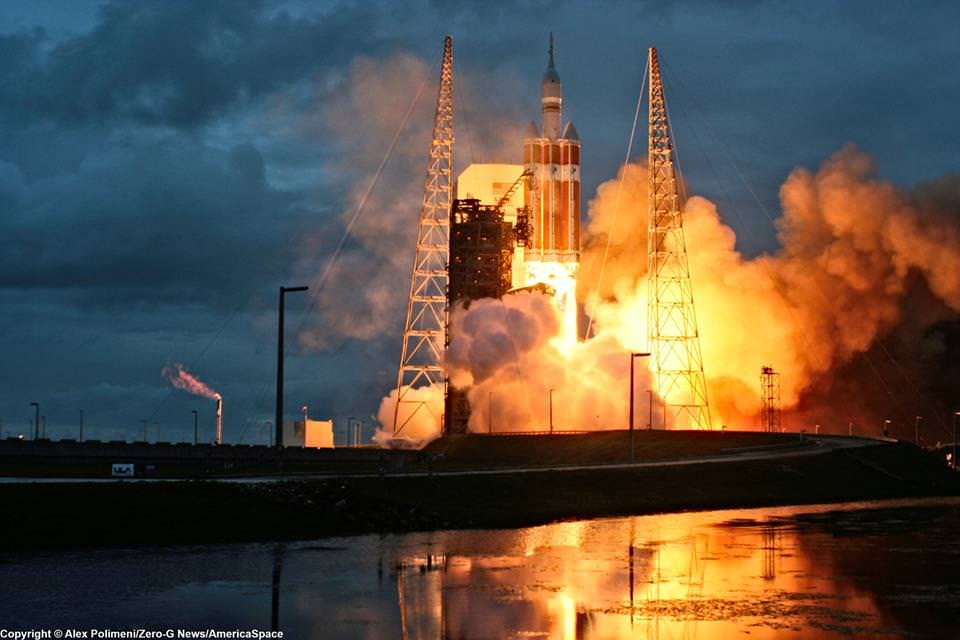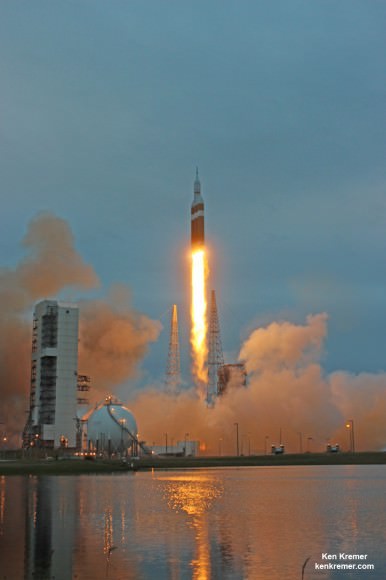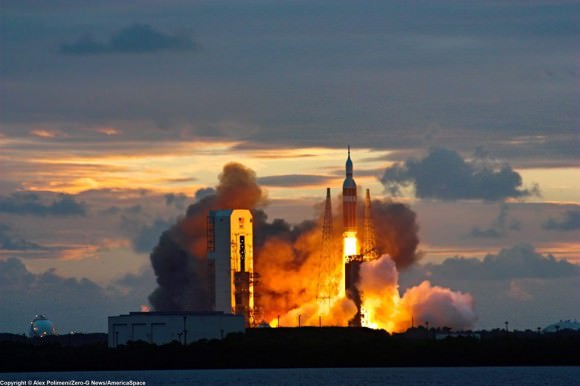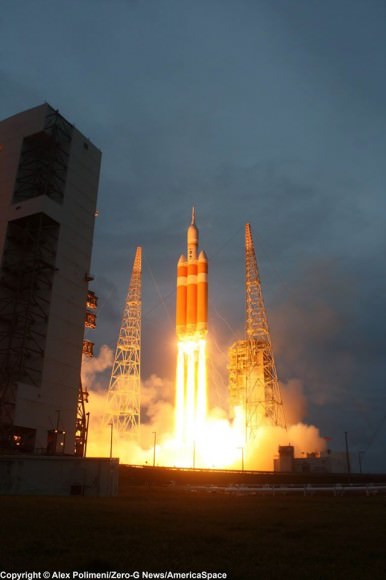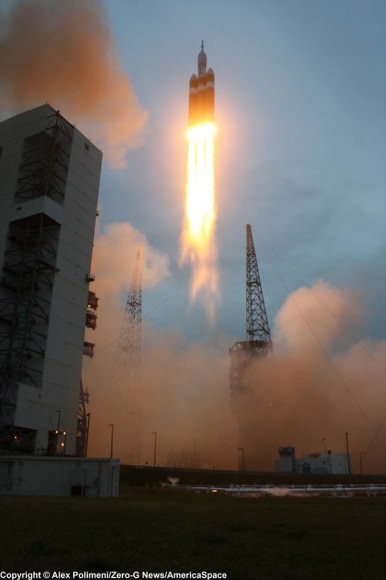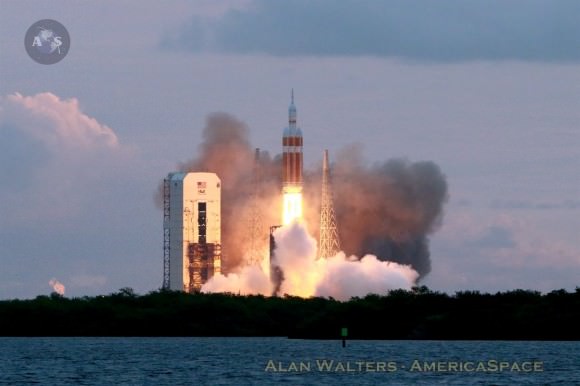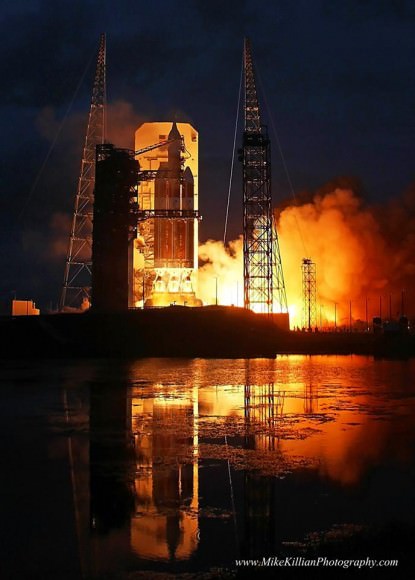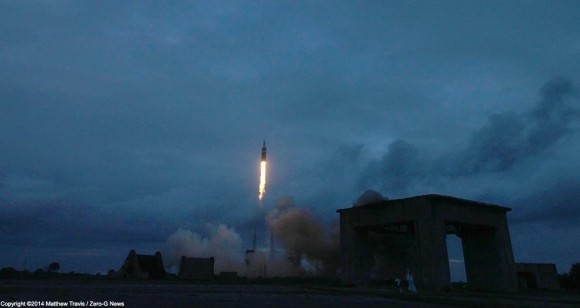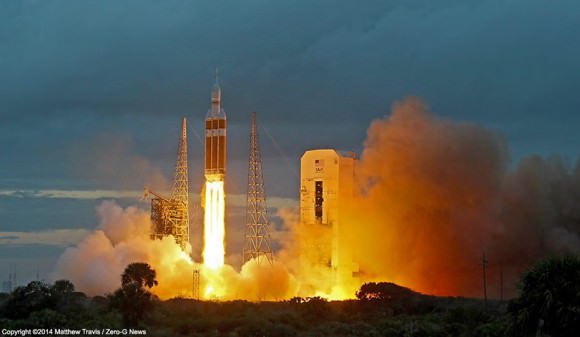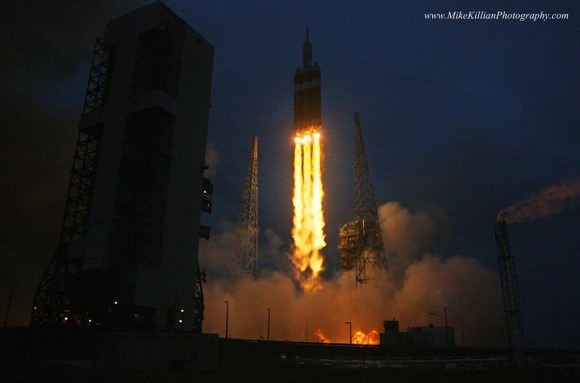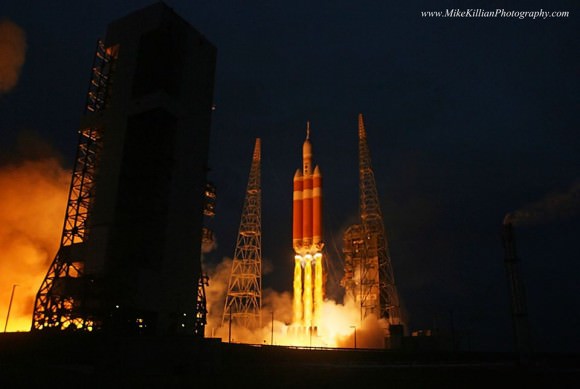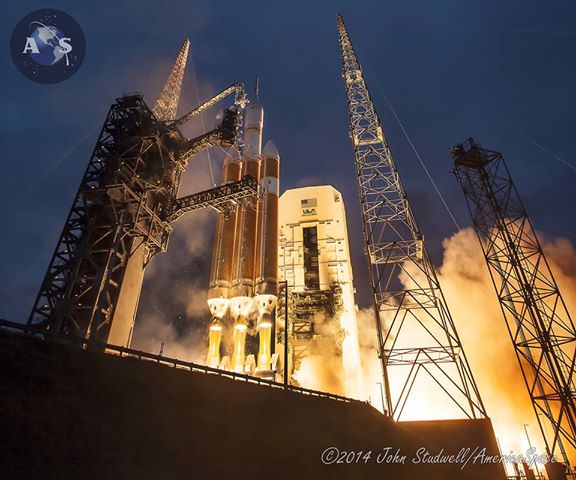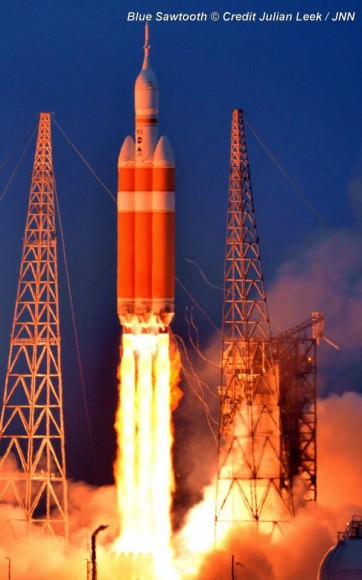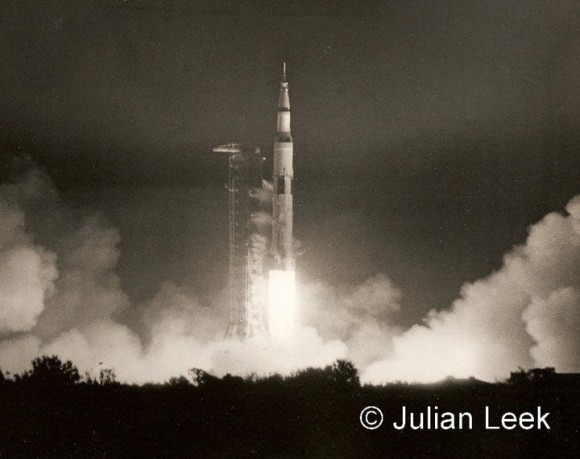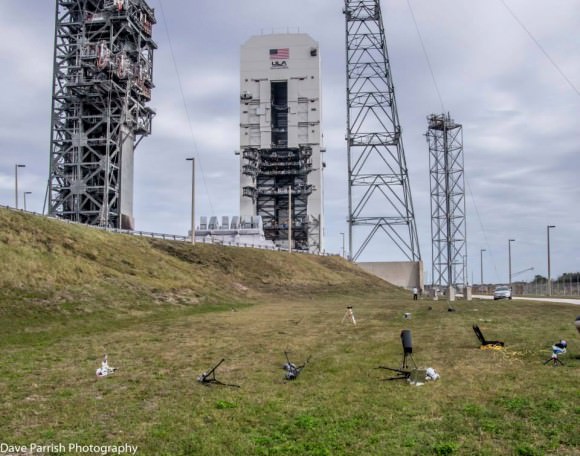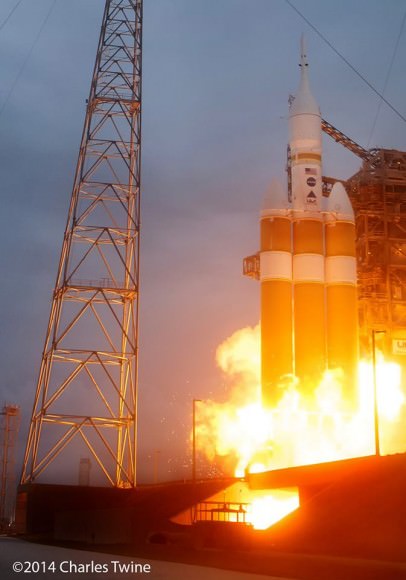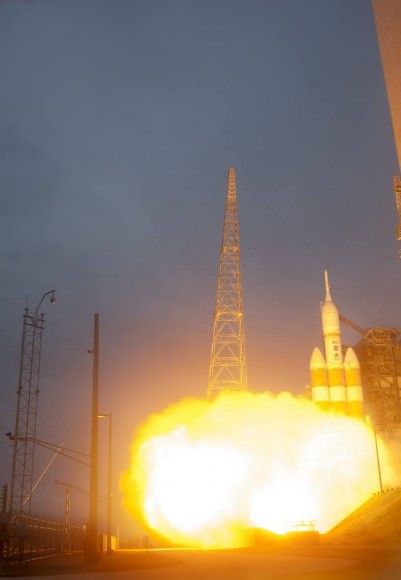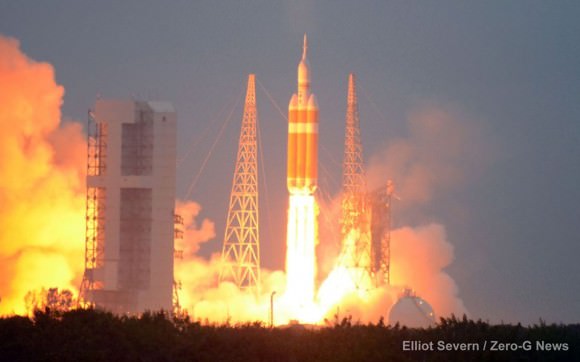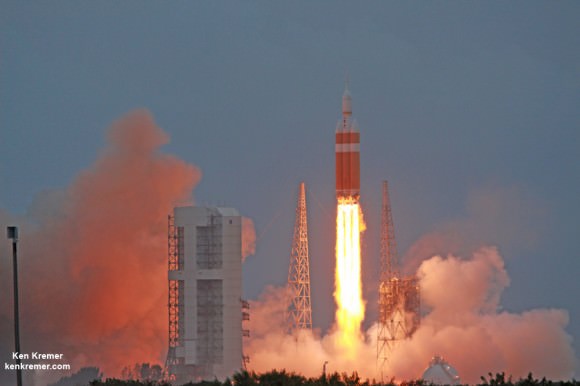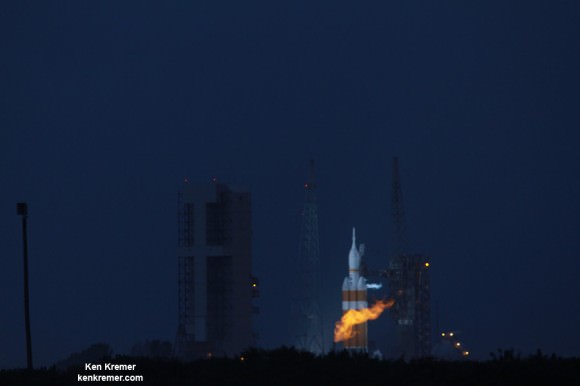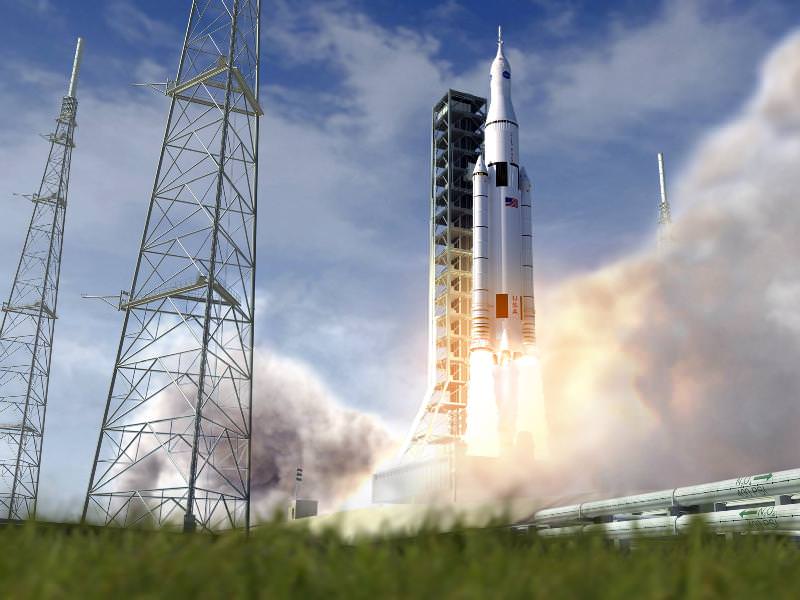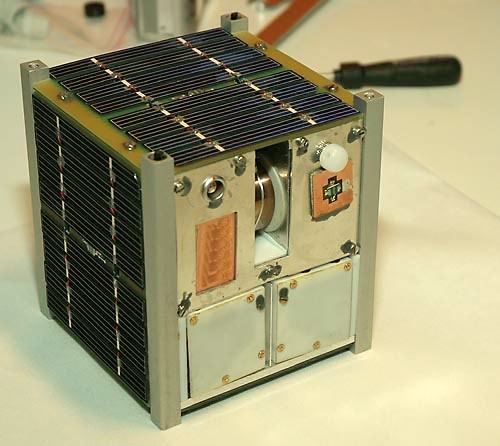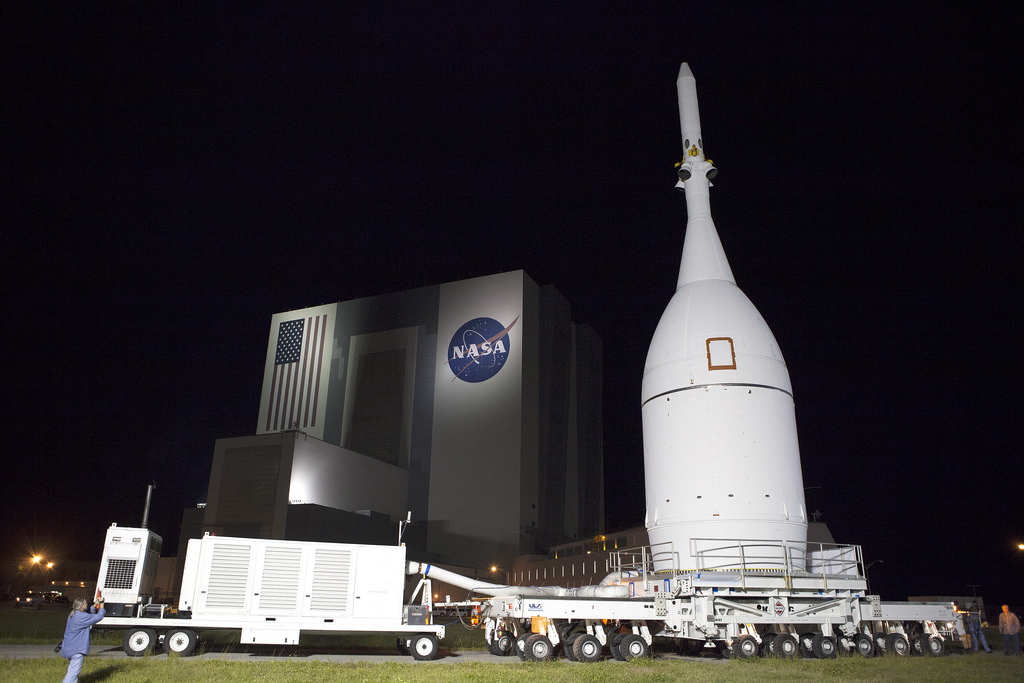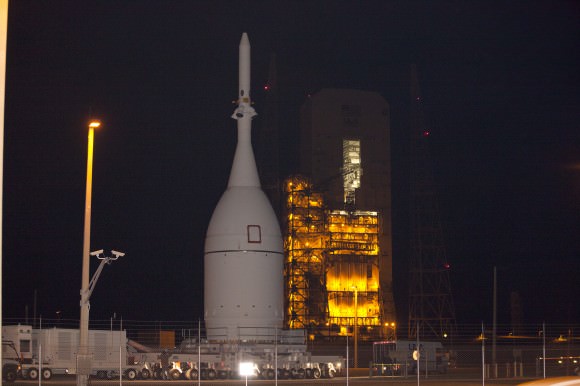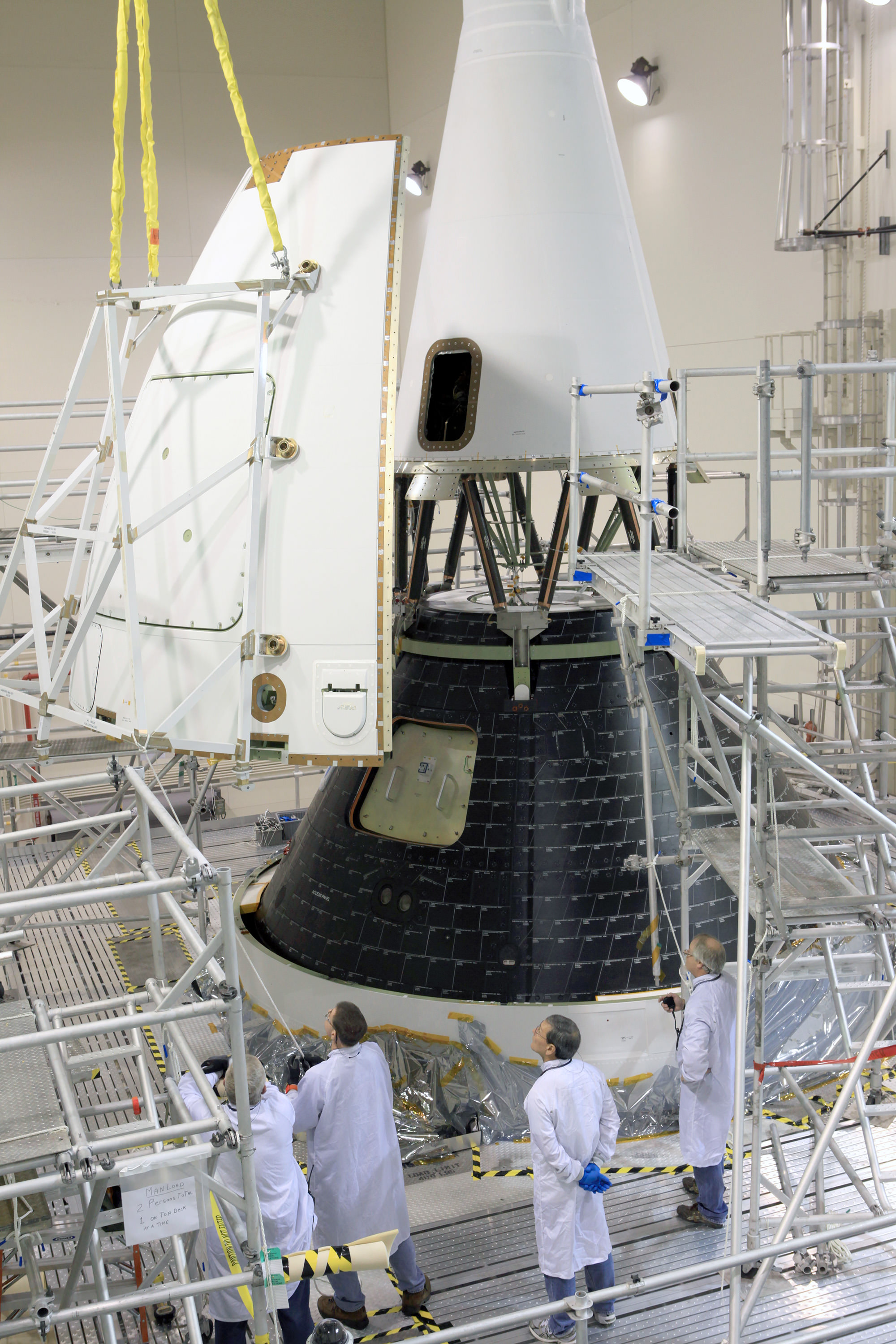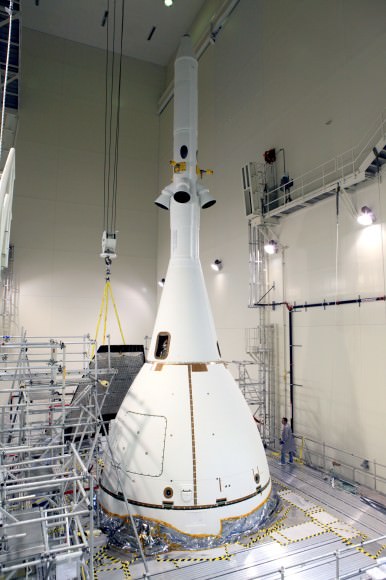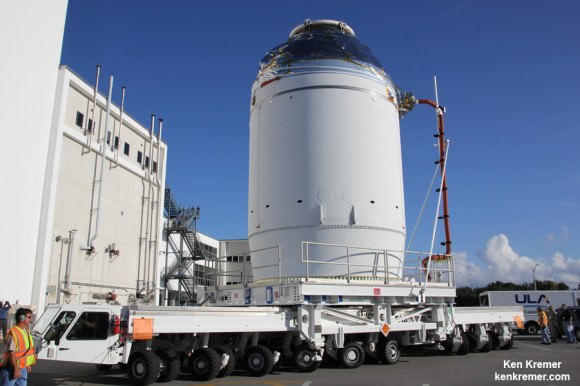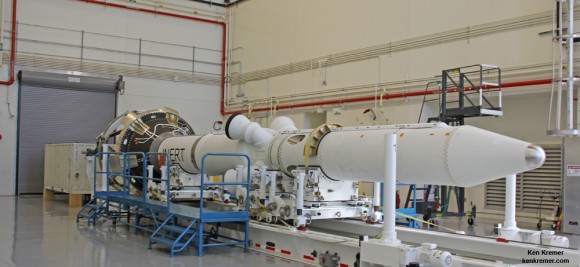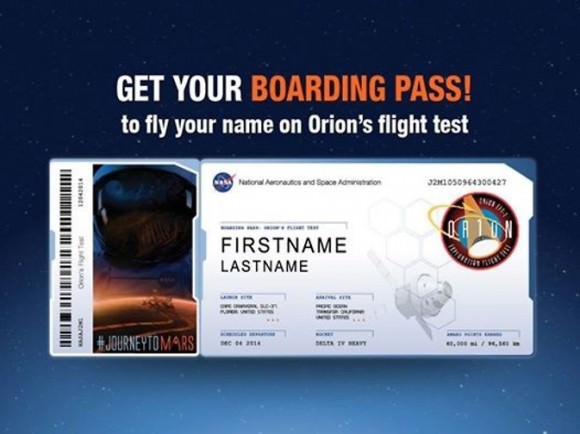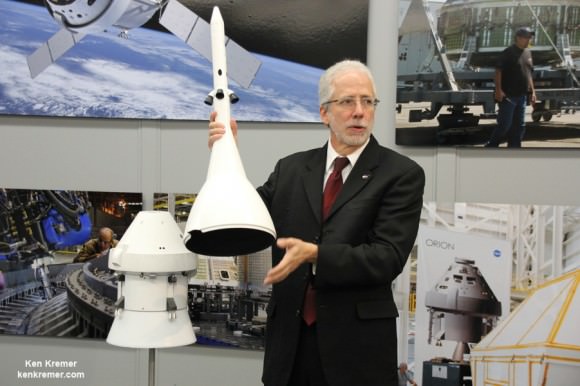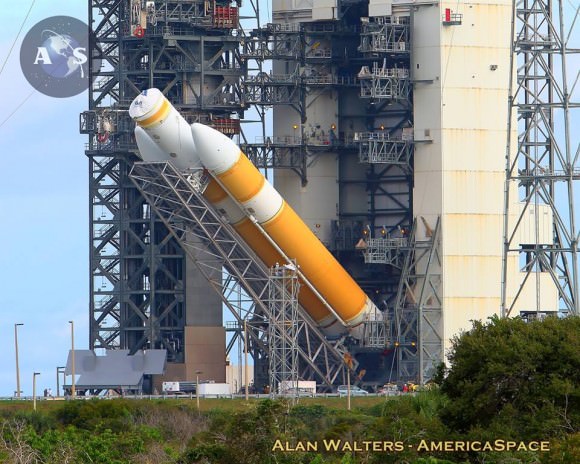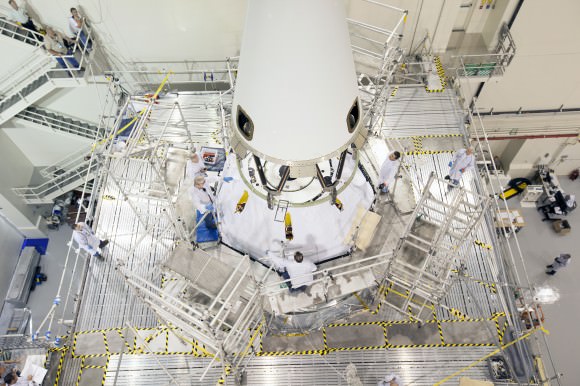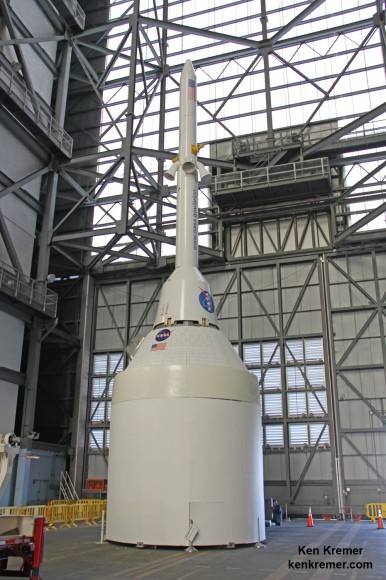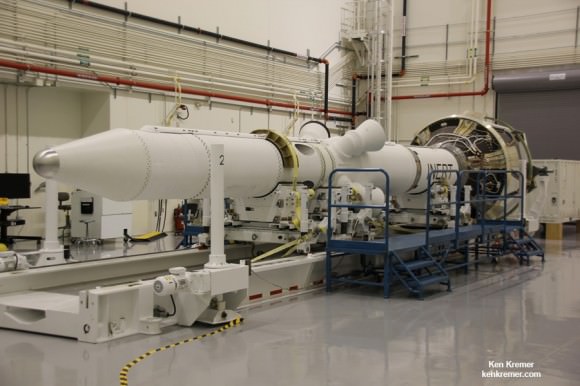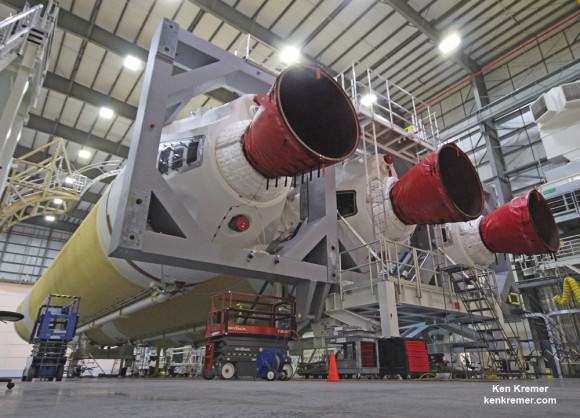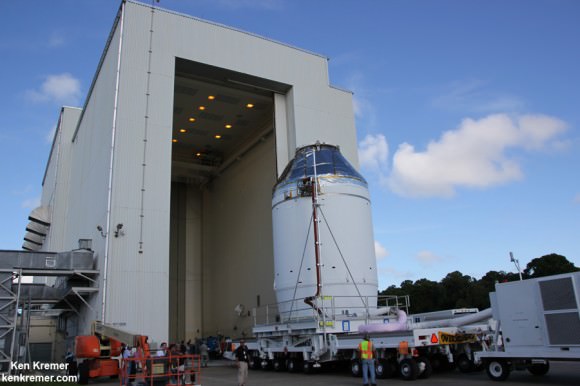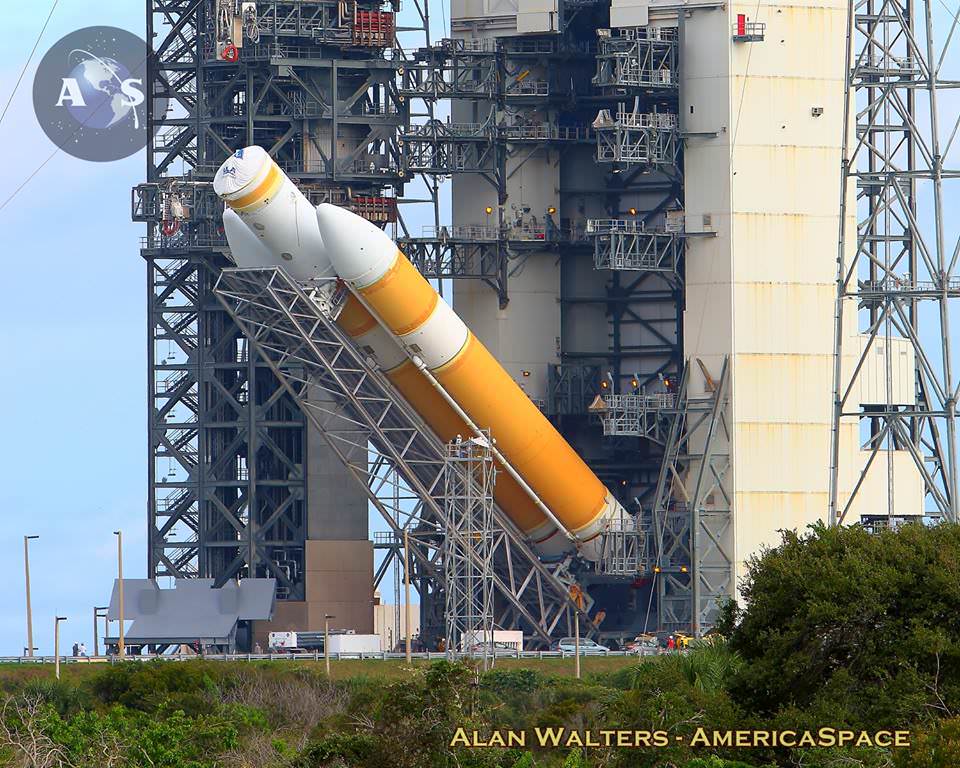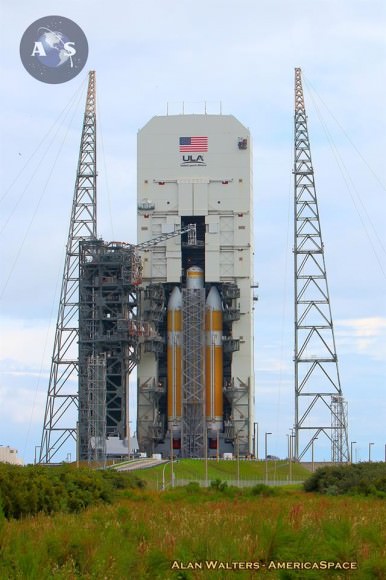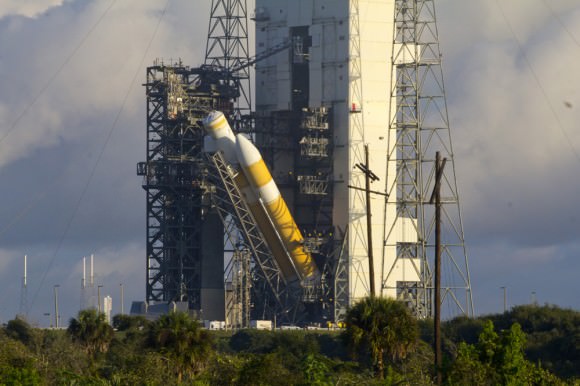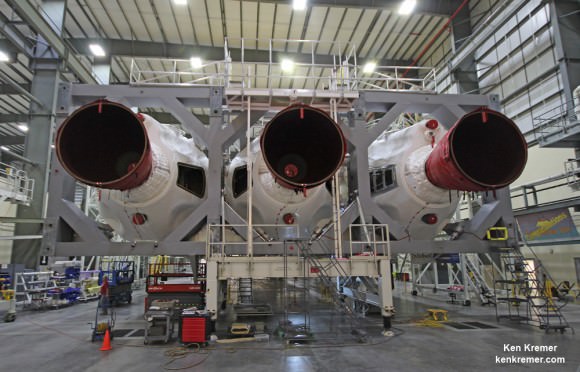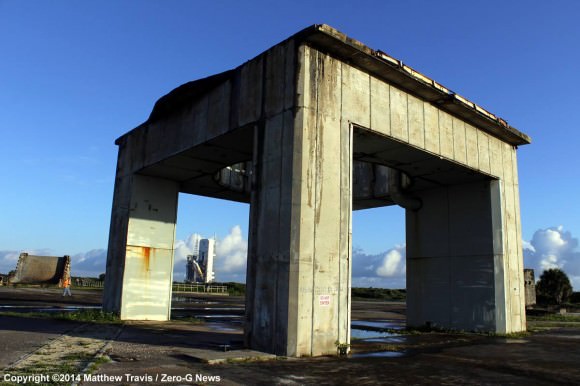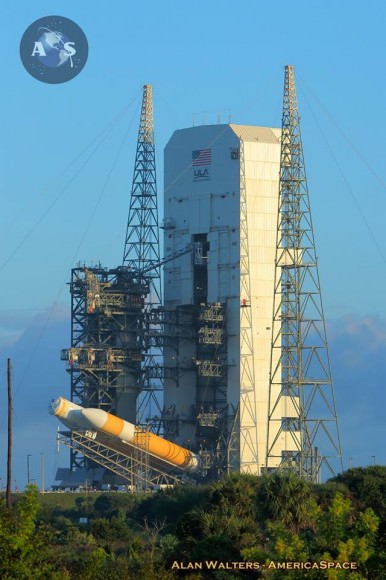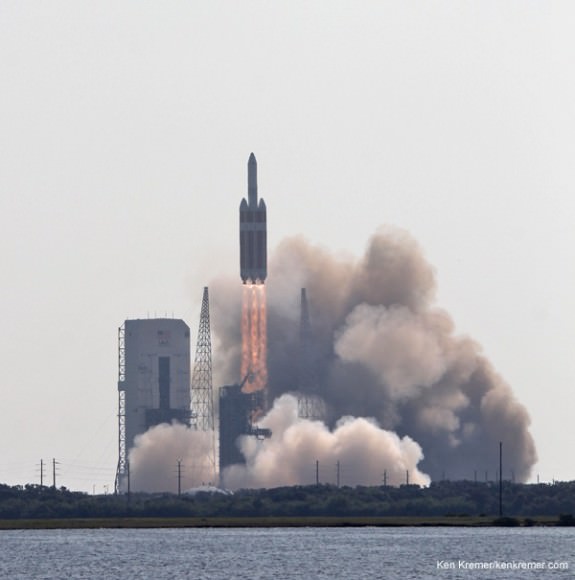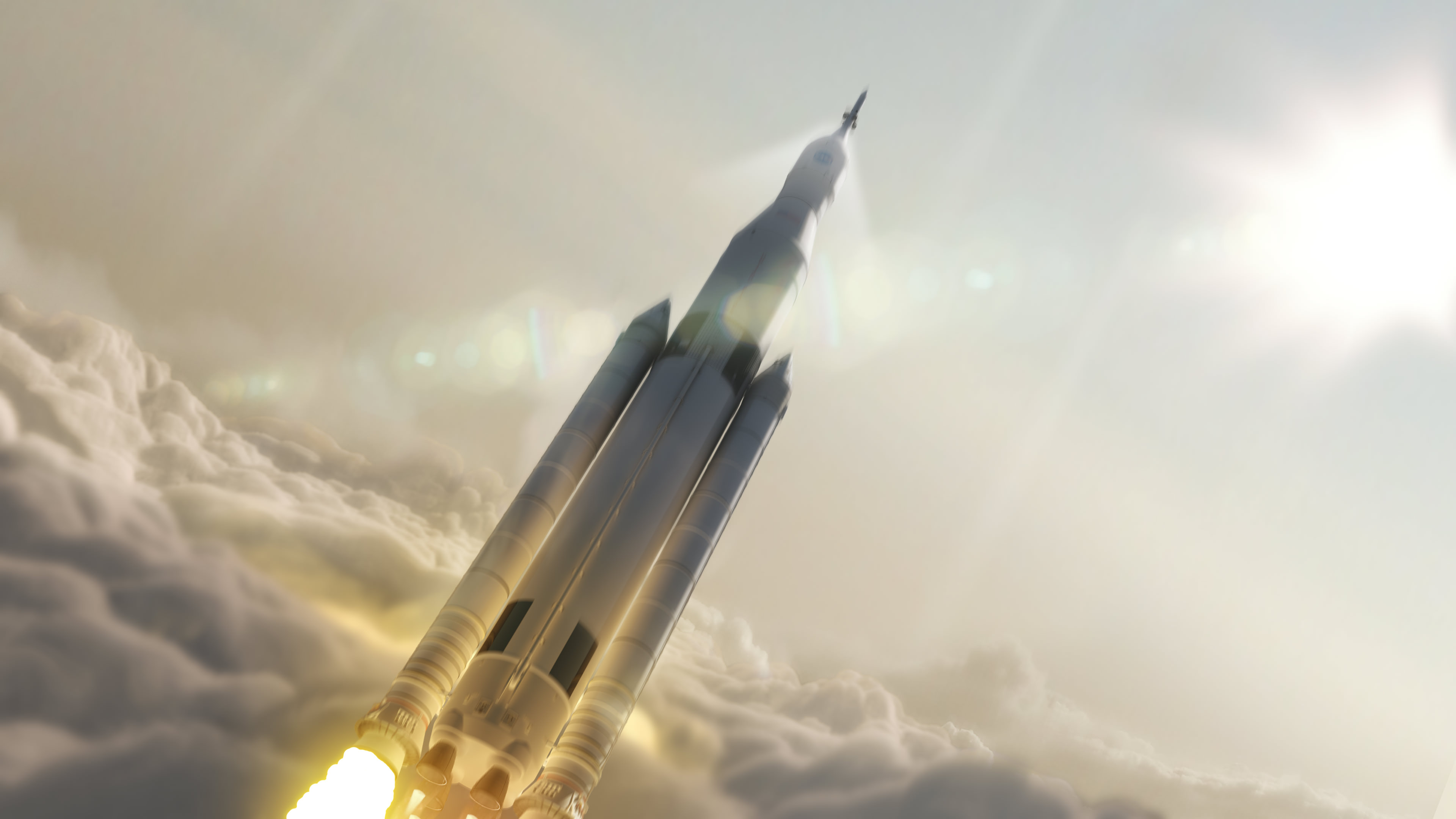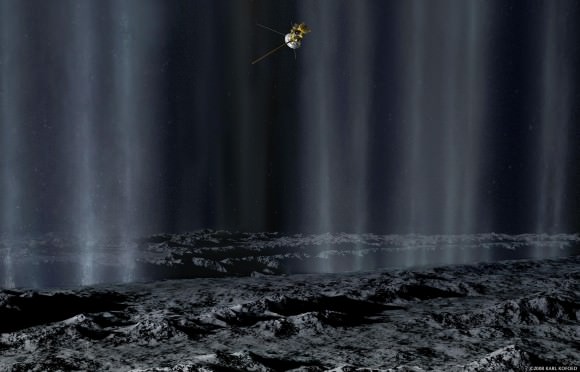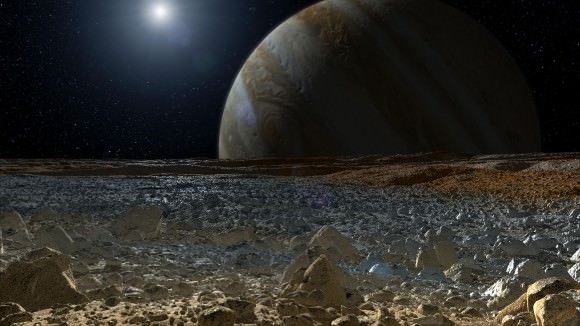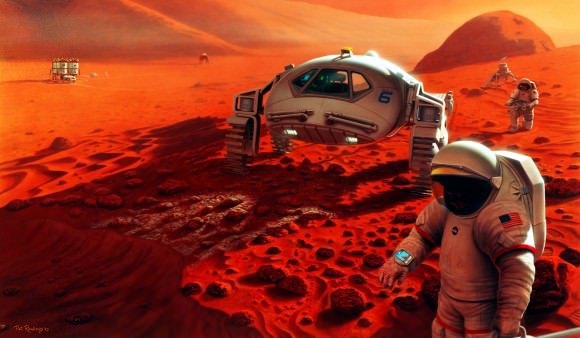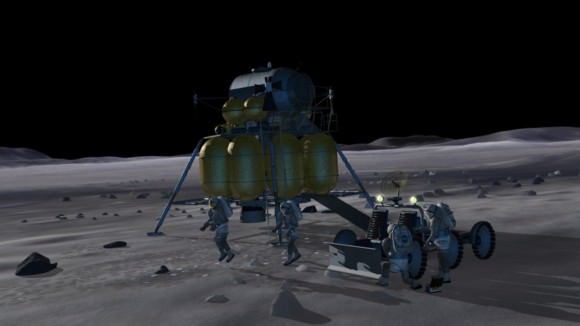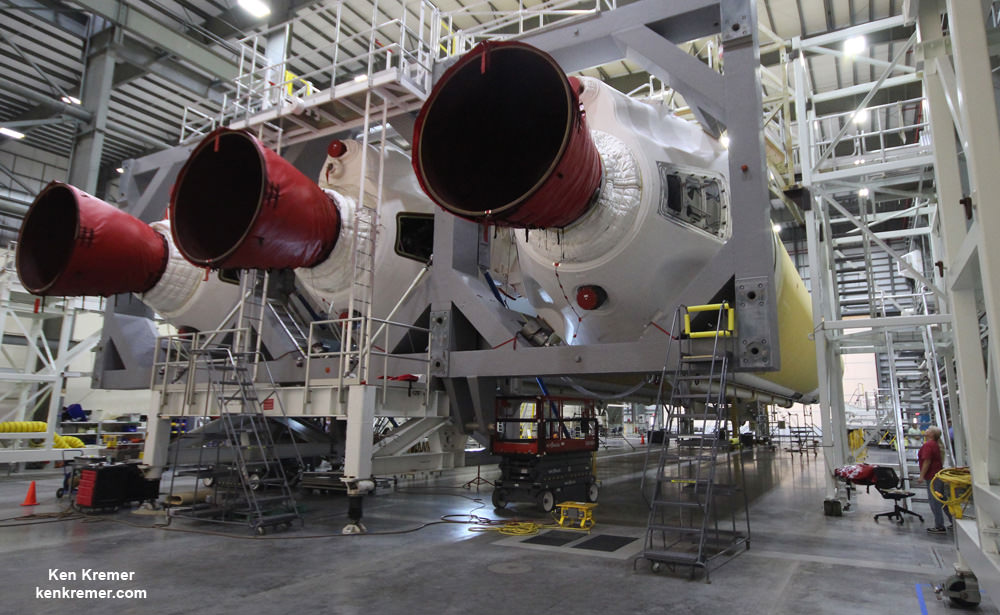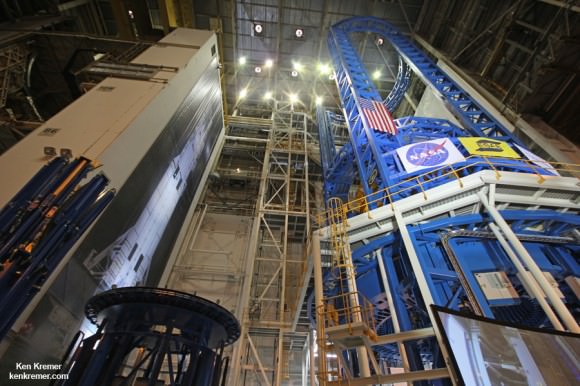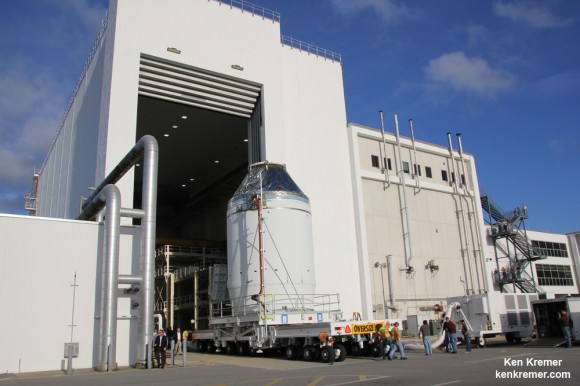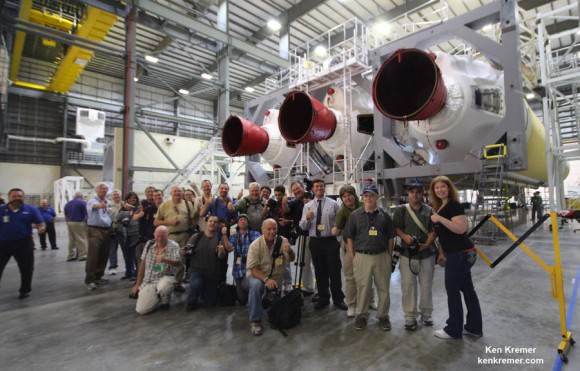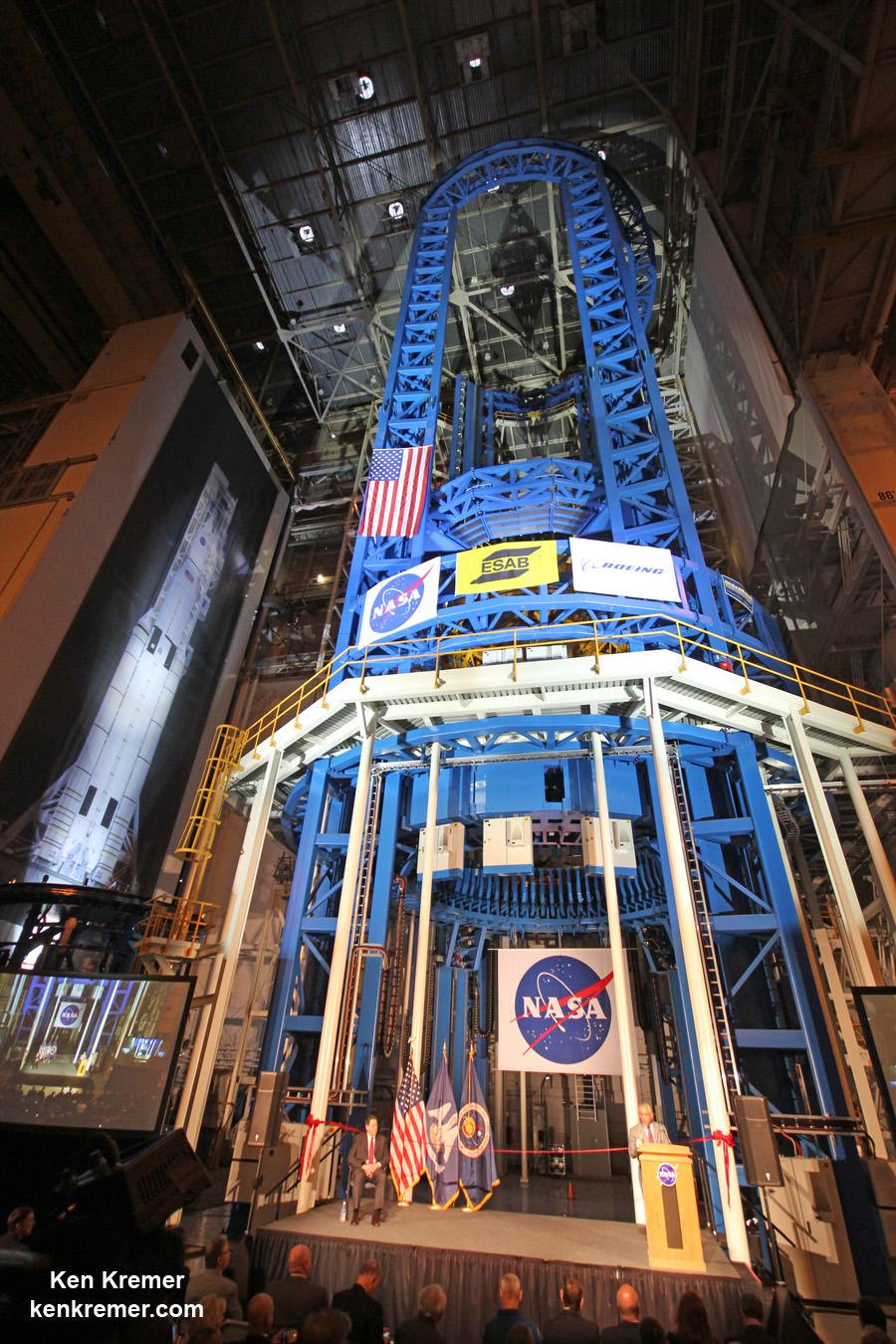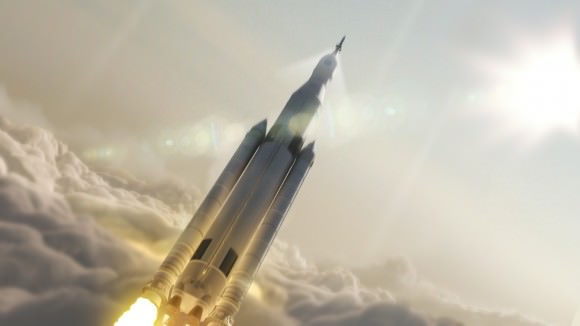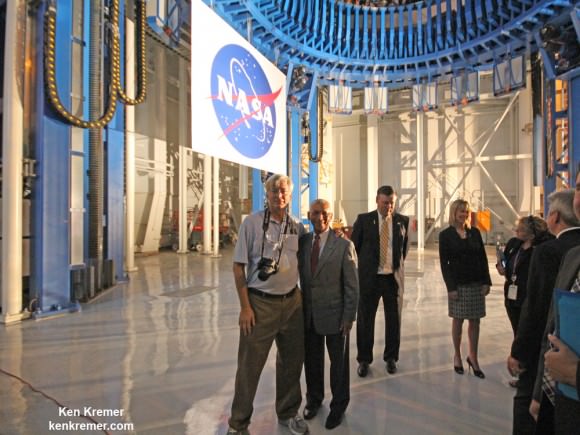It’s funny to think that your smartphone might be faster than a new spaceship, but that’s what one report is saying about the Orion spacecraft. The computers are less-than-cutting-edge, the processors are 12 years old, and the speed at which it “thinks” is … slow, at least compared to a typical laptop today.
But according to NASA, there’s good reasoning behind using older equipment. In fact, it’s common for the agency to use this philosophy when designing missions — even one such as Orion, which saw the spacecraft soar 3,600 miles (roughly 5,800 kilometers) above Earth in an uncrewed test last week and make the speediest re-entry for a human spacecraft since the Apollo years.
The reason, according to a Computer World report, is to design the spacecraft for reliability and being rugged. Orion — which soared into the radiation-laden Van Allen belts above Earth — needs to withstand that environment and protect humans on board. The computer is therefore based on a well-tested Honeywell system used in 787 jetliners. And Orion in fact carries three computers to provide redundancy if radiation causes a reset.
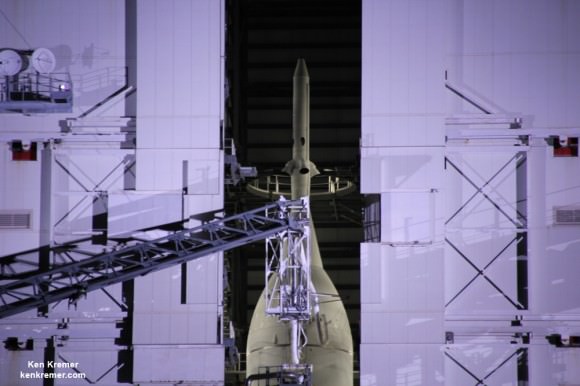
“The one thing we really like about this computer is that it doesn’t get destroyed by radiation,” said Matt Lemke, NASA’s deputy manager for Orion’s avionics, power and software team, in the report. “It can be upset, but it won’t fail. We’ve done a lot of testing on the different parts of the computer. When it sees radiation, it might have to reset, but it will come back up and work again.”
A 2013 NASA presentation points out that the agency is a common user of commercial off-the-shelf (COTS) electronics. This usually happens for three reasons: officials can’t find military or aerospace alternatives, unknown risks are a part of the mission, or a mission has “a short lifetime or benign space environment exposure”. NASA makes sure to test the electronics beyond design limits and will often make accommodations to make it even safer. Ideally, the use of proven hardware overall reduces risk and cost for a mission, if used properly.
“The more understanding you have of a device’s failure modes and causes, the higher the confidence level that it will perform under mission environments and lifetime,” the presentation says. “Qualification processes are statistical beasts
designed to understand/remove known reliability risks and uncover unknown risks inherent in a part.”
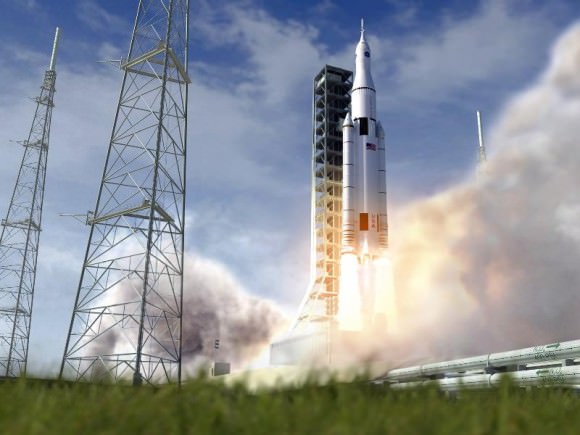
In fact, the rocket that is eventually supposed to pair up with Orion will also use flight-tested systems for at least the first few flights. The Space Launch System, which NASA hopes will heft Orion on the next test flight in 2017 or 2018, will use solid rocket boosters based on those used with the shuttle. But NASA adds that upgrades are planned to the technology, which flew on shuttle missions in space starting in 1981.
“Although similar to the solid rocket boosters that helped power the space shuttle to orbit, the five-segment SLS boosters include several upgrades and improvements implemented by NASA and ATK engineers,” NASA wrote in a 2012 press release. “In addition, the SLS boosters will be built more affordably and efficiently than shuttle boosters, incorporating new and innovative processes and technologies.”
A handful of other prominent space recycling uses in space exploration:
- RapidScat (a new Earth observation platform on the International Space Station that re-uses materials designed for QuikScat);
- Curiosity Mars rover’s MastCam (which is based on a successful design used in the Spirit and Opportunity rovers). The earlier version of MastCam has been working on Opportunity since the rover landed on Mars in January 2004.
- Venus Express, a European Space Agency mission that uses designs and hardware from the Mars Express and Rosetta missions. It’s finishing its mission soon after eight years in orbit — four times the original plan.

